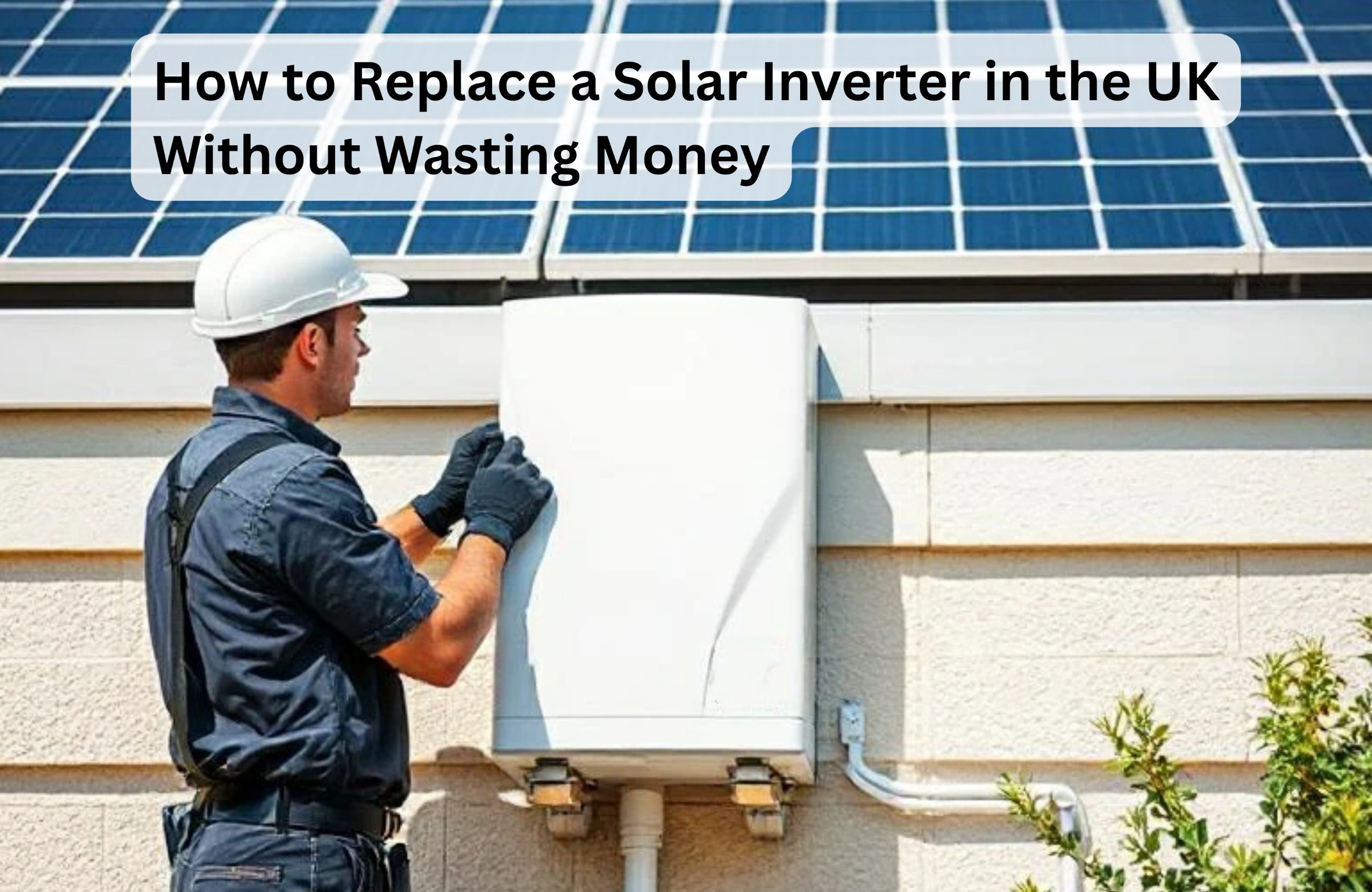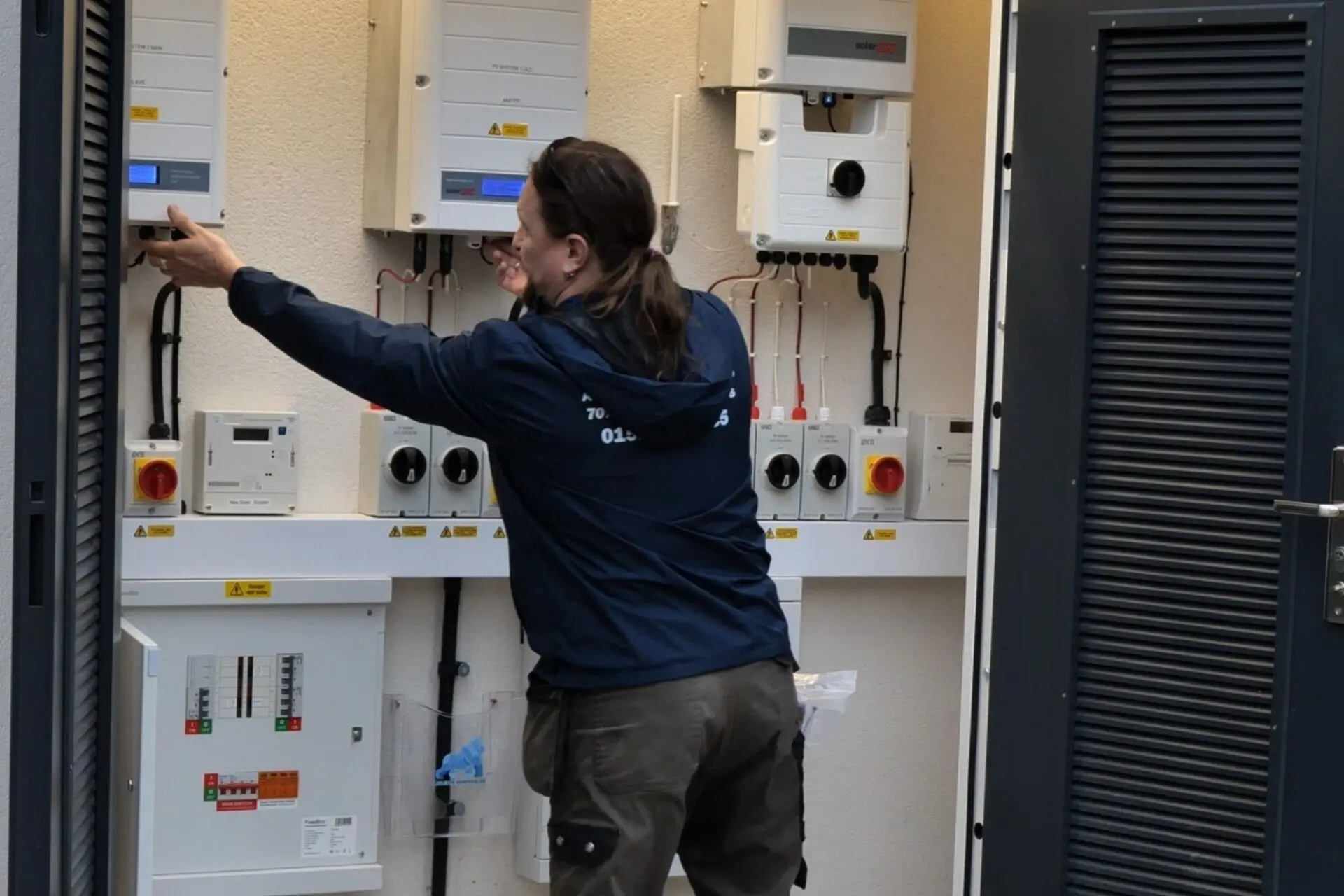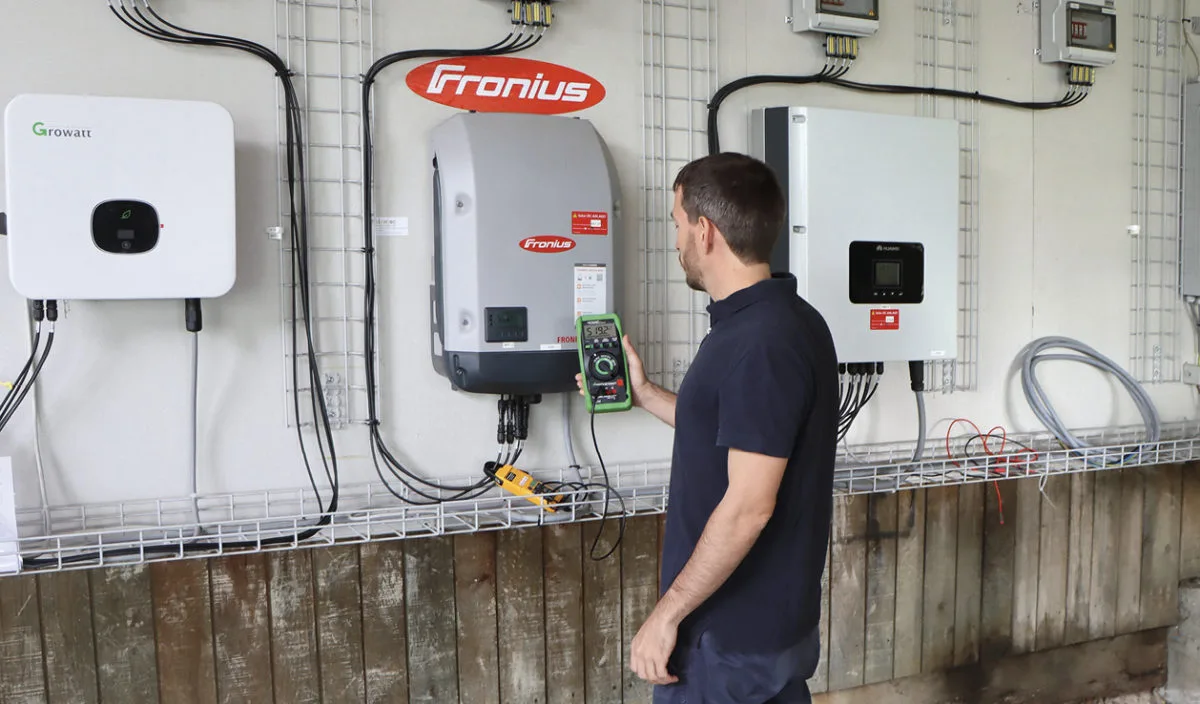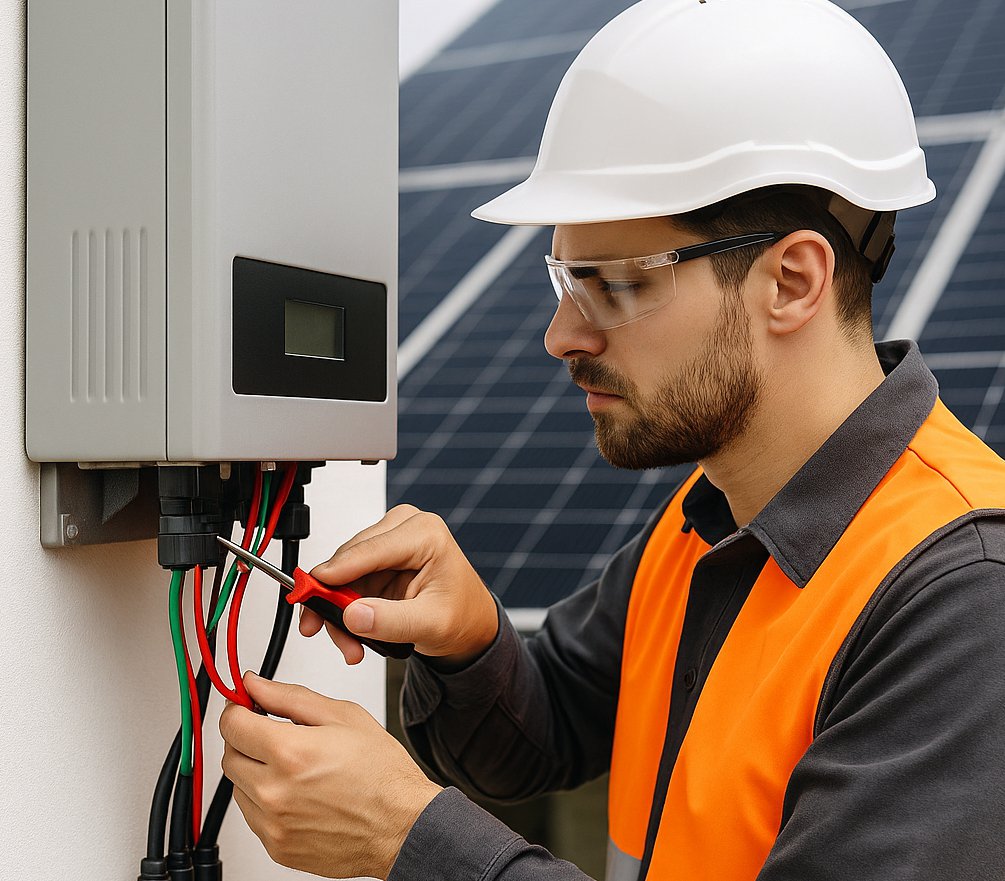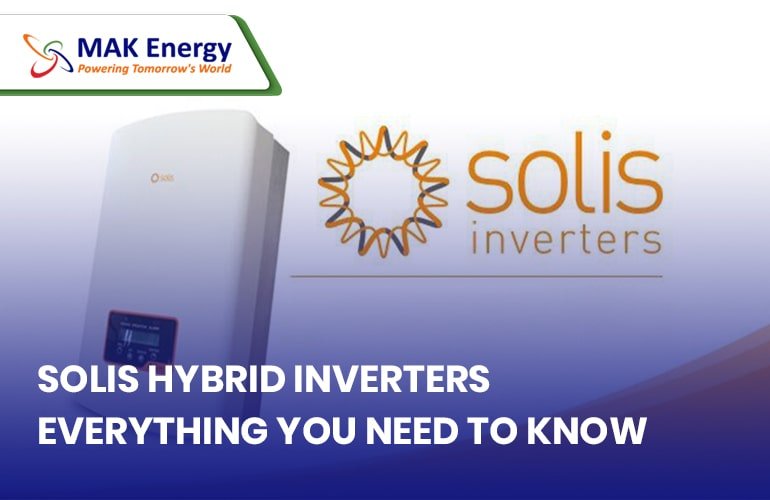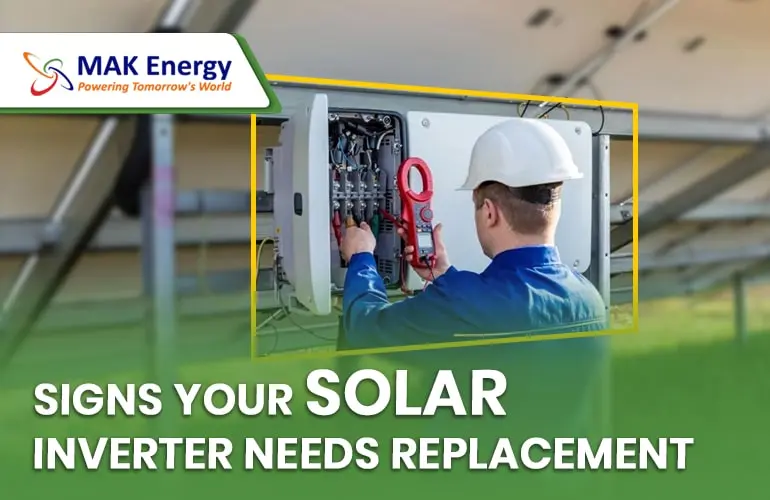Solar Inverter Replacement in the UK, What Homeowners Need To Know Before Spending a Pound
Most homeowners in the UK focus on panels when they talk about solar, but the inverter quietly decides how much power you actually use. When it starts failing, the entire system feels weak. You see smaller daily outputs. You see odd shutdowns. You notice your monthly savings drop for no clear reason.
Many people do not consider Solar Inverter Replacement until they completely die, and that usually leads to a rushed decision and higher costs. A planned replacement works better, costs less, and stops your system from losing energy every single day. The aim here is to help you understand when and why to invert, what UK installers usually charge, and how to avoid the common mistakes that turn a simple job into a headache.
How Long a UK Solar Inverter Actually Lasts
Most solar installers promise ten years. Some premium brands reach twelve or fifteen. In reality, homeowners in the UK often see problems around year seven or eight because of the constant temperature changes and moisture in the local weather. Panels can last more than two decades, but inverters typically do not remain healthy for the same duration.
A study by the National Renewable Energy Laboratory observed that the inverter is the first component to fail in most home solar setups. That lines up with what many UK installers mention in their service logs. When the inverter fails early, the panels still work, but your usable output drops sharply.
Common Signs You Need to Replace Your Inverter Now
- Daily generation drops even though the weather is stable.
- The inverter keeps restarting during the day.
- A burnt smell or buzzing sound from the device.
- The display screen goes blank or shows repeated error codes.
- Your monitoring app reports sudden dips or gaps in the data.
These issues rarely fix themselves. An aging inverter loses efficiency before it dies completely. Even a five percent loss every day adds up to real money over a year.
Why UK Installers Push for Timely Replacement
Electricity prices in the UK have stayed high. A system that once saved you 50 to 70 percent can drop to 30 percent or even less when the inverter struggles. Installers often highlight this because the hidden loss is bigger than most homeowners expect.
Get more information from: Signs Your Solar Inverter Needs Replacement
There is also another concern. A failing inverter can damage the panels over time because voltage fluctuations stress the system. Avoiding that risk is cheaper than fixing it later.
Replacement Costs Across the UK
Costs vary from one region to another, but these numbers give you a realistic range.
A standard string inverter replacement usually costs between £650 and £1,100. This includes the device and the labour. Premium brands, models with smart monitoring, or higher capacity units may reach £1,400 to £1,800.
Labour charges are usually £200 to £350, depending on travel and installation difficulty. If you need rewiring, new isolators, or a system health check, it adds more. Hybrid inverters cost more because they work with batteries. Most of them fall between £1,200 and £2,000. Some homeowners upgrade directly to a hybrid option so they can add a battery later without more installation work.
These prices come from installer quotes shared by UK solar homeowners in 2023 and 2024, along with typical market rates from independent solar service companies.
What Competitors Emphasise in the UK Market
Most competitors focus on three angles.
- The first is fast replacement. They highlight that same-day or next day service reduces downtime. Homeowners like this because no one wants to lose a generation during sunny days.
- The second is extended warranties. Installers push inverters with six- or ten-year warranties because replacements can be expensive. They use the warranty as a reason to choose their brand.
- The third is system efficiency. Competitors often mention that a new inverter can increase energy yield by five to fifteen percent, depending on the age of the old unit. Many companies include free system checks to show the improvement after replacement.
You see these points repeated across UK service companies that target the keyword solar inverter replacement.
What Homeowners Usually Worry About
Three main points come up in customer reviews and forums.
- Homeowners worry about the cost. Many people do not expect a four-figure bill several years after installing solar.
- They also worry about compatibility. Older systems sometimes need a specific type of inverter or a model that can handle older panel strings.
- The third concern is downtime. People do not want to wait one or two weeks for an installer while their system sits idle.
How a Good Replacement Solves These Problems
A new inverter restores full output, which increases your monthly savings again. Many homeowners feel the difference immediately when they check their monitoring app.
Newer models have better efficiency. Some of them convert DC to AC with less energy loss. Even a small gain saves money over the years.
Modern inverters also offer better monitoring. You can track real-time generation, faults, and performance history. This helps you catch problems early, instead of losing power for months without knowing time.
If you upgrade to a hybrid unit, you gain the option to add a battery later. This future-proofs your system without replacing the inverter again.
How to Choose the Right Replacement
Most installers recommend matching the new inverter to the existing panel array. Do not oversize or undersize the system. The goal is stable operation, not chasing a bigger number on the box.
Choose a brand with local support. Inverters do fail. You want quick warranty handling.
Check if the installer offers a full health check. Many faults in solar setups come from loose connections, damaged isolators, or water ingress. Fixing these issues during the replacement prevents future failures.
Ask for the efficiency rating. A difference of a few decimal points adds long-term value.
Upgrade Your Solar Inverter by MAK Energy
If your solar system is losing power or showing errors, you can get a fast and clean inverter replacement from MAK Energy. The team handles every part of the job, from checking the system to installing the new unit without long downtime. Homeowners choose MAK Energy because the work is quick, prices are clear, and you get proper guidance on the right inverter for your panels and future needs.
Most replacements take less than a day. You also get a full health check, so you don’t face hidden faults later. If you plan to add a battery in the future, MAK Energy can install a hybrid inverter so you only upgrade once. This keeps your system efficient and ready for new features when you need them.
The Bottom Line for UK Homeowners
Replacement is part of solar ownership. You cannot avoid it, but you can control when and how it happens. If your inverter is more than seven years old, runs hot, or keeps showing errors, the cost of delay often becomes higher than the cost of replacement.
A well-timed upgrade protects your panels, restores your savings, and keeps your system reliable for another decade. Many UK homeowners discover that the new inverter pays for itself faster than expected because the system finally performs like it should.
FAQS
How long does a solar inverter usually last in the UK?
Most inverters work well for seven to ten years. Weather changes and aging parts cause earlier failures in some homes. Panels last much longer, so you should expect at least one inverter replacement during the system’s life.
What is the average cost of inverter replacement in the UK?
Standard string inverters usually cost between £650 and £1,100 with installation. Hybrid inverters cost more because they support batteries. Most fall between £1,200 and £2,000, depending on capacity and brand.
Can I upgrade to a hybrid inverter even if I don’t have a battery?
Yes. Many homeowners install a hybrid unit so they can add a battery later without extra wiring. This saves money in the long run and gives more flexibility.
How do I know if my inverter is failing?
You may see lower daily output, repeated shutdowns, error codes, or unusual noise. Some units run hot or restart often. These signs usually mean the inverter is struggling and needs inspection or replacement.

